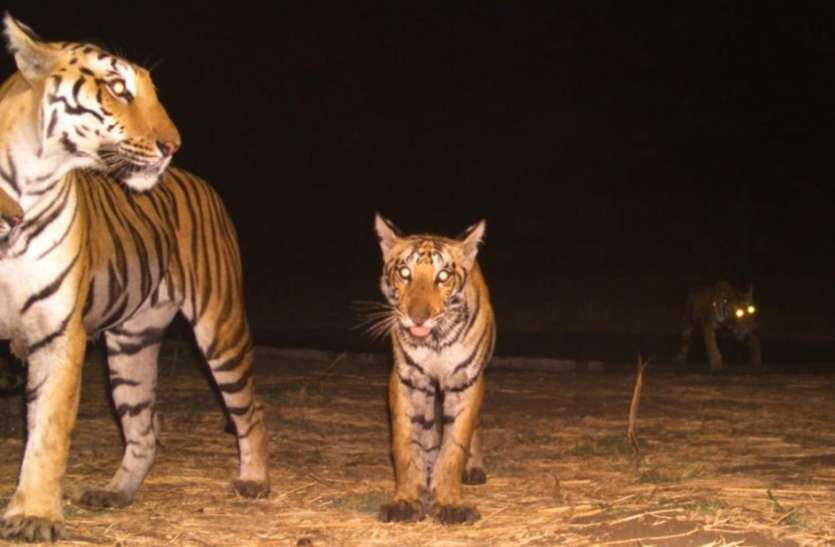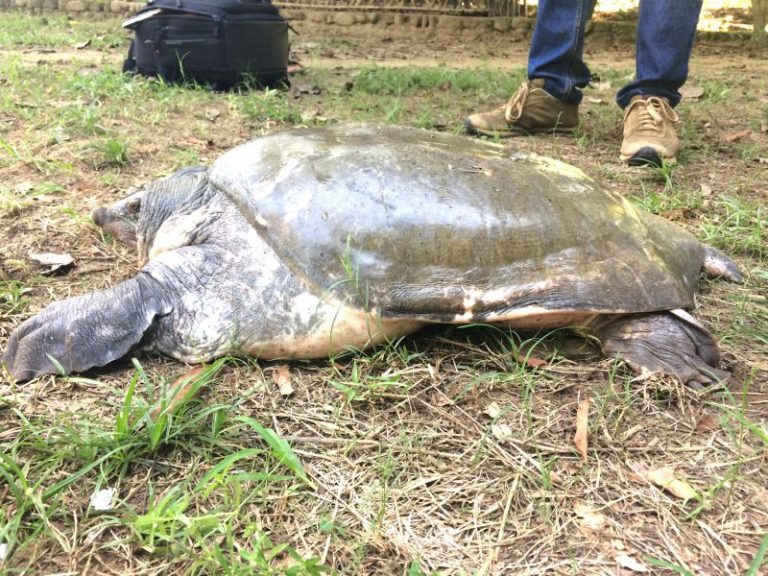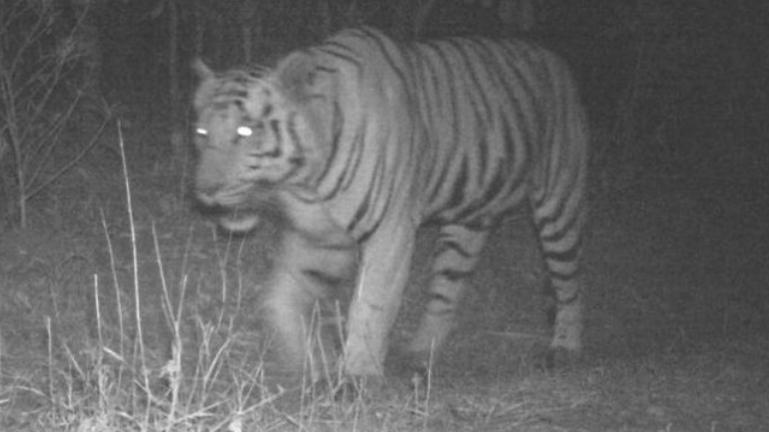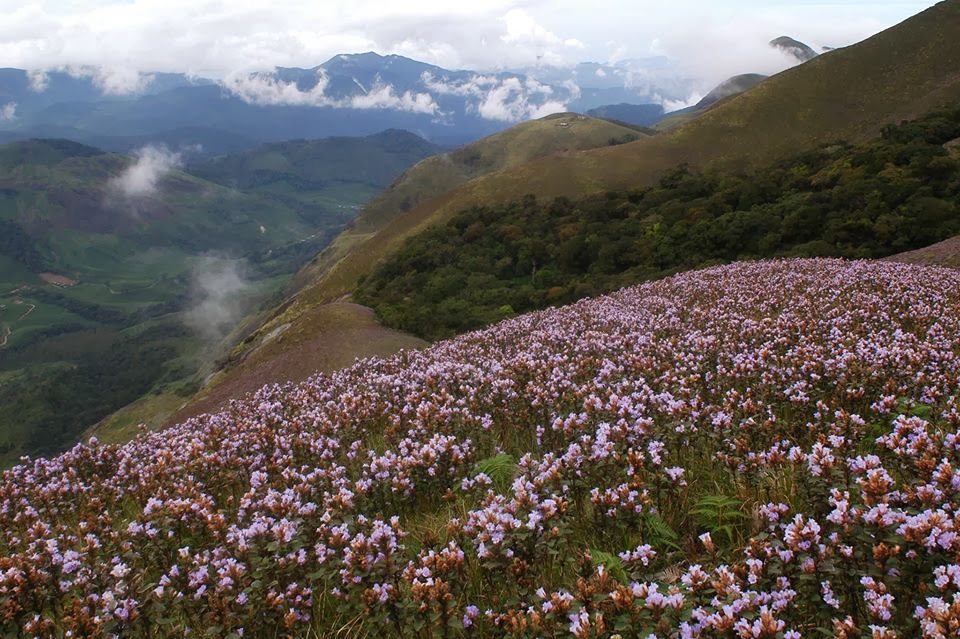It is almost blind, white in colour and is the first cave dwelling crab discovered from India. In Meghalaya, a north eastern Indian state, scientists from the zoological survey of India have found a new crab species in a 7.3 km long cave, the 8th longest cave in the country.
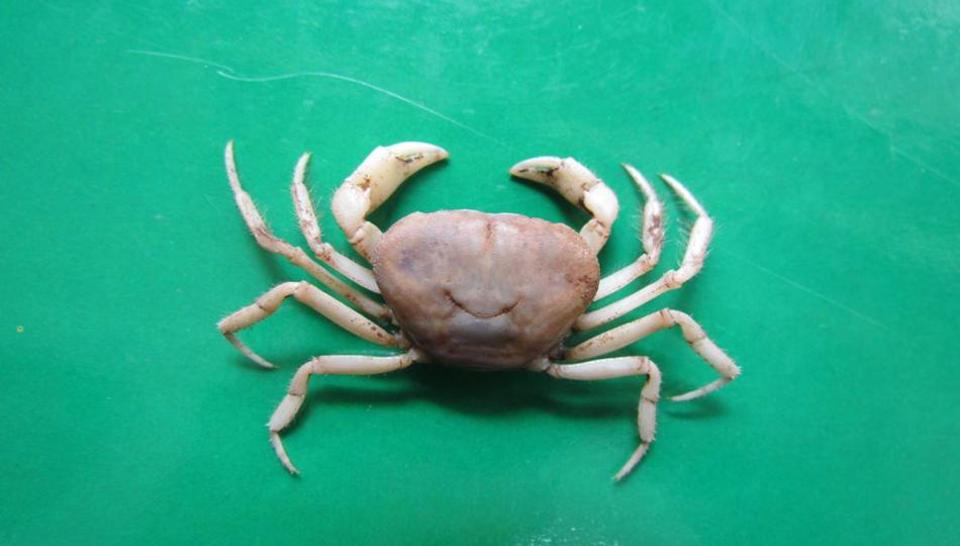
The discovery was made by 29 year old Parveen Farzana Absar a student of Aligarh Muslim University who is doing her masters in wildlife sciences. She has been in Meghalaya over the past 2 months researching on the caves of east-Jaintia hills for her dissertation paper on cave biology. It is during one of these expeditions that she came across this crab.
Read More: New Snake Species Discovered In Gujarat
Santanu Mitra a ZSI scientist researching on crabs who inspected the specimens of the new species says that this crab is physically different from other crabs that are seen around.
“It is definitely a new species. This is the first cave crab from India. Its physical features are quite different from the crabs we see around or from other cave crabs discovered earlier in Asia,” Mitra told HT.
The Discovery
On March 29th during her routine visit to the cave Parveen found these crabs about 200 m from the mouth of the cave. She asked Illona J Kharkongor a ZSI scientist in Meghalaya specialising in cave biology, to take a look. The scientist in turn got in touch with ZSI team in Kolkata and eventually other international experts.
They all believe this is a new species of albino crab with a body not more than 2 cm. While most crabs are colourful, they are white and cave dwellers. Another unusual feature is their arms are slender and hairy.
“They are perfectly adapted to cave-life and live in ‘dark zones’ under pitch black darkness, where temperatures remain almost constant. Because there is no light they have no colouring pigments and hence albino and blind,” said Mitra.
The scientists believe this crab belongs to Teretamon genus and is the thirds species under this genus. The 1st was discovered in Myanmar and the second by Mitra in 2016 from Mizoram. However, both the former species are not cave dwellers.
Parveen says she would like to name the new species after her parents.
“I would like to name it Teretamon absarum after my parents – Ahsan Absar and Farzana Absar – as a tribute to them. It would also a tribute to Prashant Chaudhari who motivated me,” said Parveen.
Read More: Lack of Data Pushing Freshwater Crustaceans of Western Ghats Into Extinction
Blind and Albino
Mitra says that it is not unusual to find the crab to be almost blind and white because the place where it lives is always dark.
“They are perfectly adapted to cave-life and live in ‘dark zones’ under pitch black darkness, where temperatures remain almost constant. Because there is no light they have no colouring pigments and hence albino and blind,” he explained.
He also adds that while there have been other cave crabs that have been discovered from different countries, this particular crab seems to be different from them. It is much smaller in size and has hair on its arms that has not been found in other cave crabs earlier.
Parveen is now all set to publish her findings in a peer reviewed journal so that her discovery is accepted as a proven new species to science. ZSI is also planning to publish it in the list of Animal Discoveries – an annual publication of ZSI – as a new species not known to scientists till date.





